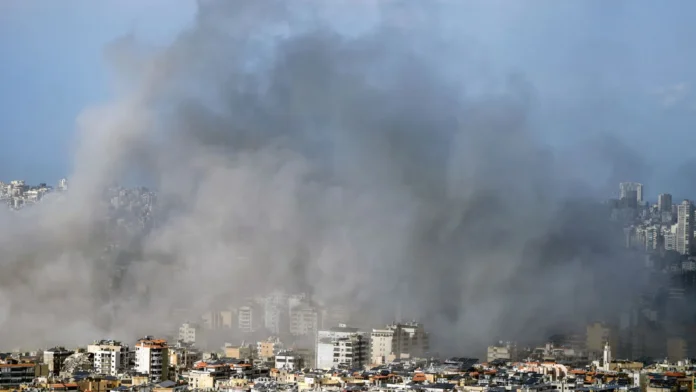In a major breakthrough for peace in the Middle East, President Joe Biden announced that Israel and Hezbollah have agreed to a ceasefire, brokered by the United States. The truce took effect early Wednesday morning, bringing an end to the fierce fighting along the Israel-Lebanon border.
This deal comes after months of escalating violence that left countless families mourning. Strikes and counterstrikes claimed the lives of dozens in Israel and hundreds in Lebanon, displacing tens of thousands on both sides. Biden emphasized that this agreement is not just a pause but a step toward permanent peace, ensuring both nations can begin to rebuild.
The president, speaking from the White House, made it clear that the U.S., along with allies like France, will ensure the deal is honored. “If anyone, including Hezbollah, violates this ceasefire and threatens Israel, Israel has every right to defend itself,” Biden said firmly. He highlighted that this agreement is crucial for Lebanon’s sovereignty and stressed that its people, like those in Gaza, deserve an end to violence and suffering.
“Peace is possible,” Biden declared, urging all parties to seize this moment. He also touched on the devastating situation in Gaza, urging Hamas to release hostages as the only path to ending its war with Israel.
Israeli Prime Minister Benjamin Netanyahu echoed Biden’s sentiments, saying his Cabinet had overwhelmingly approved the agreement. Netanyahu acknowledged the U.S.’s pivotal role in the negotiations and stated that Israel would continue to protect itself if necessary.
Under the terms of the deal, all fighting at the Israel-Lebanon border will cease immediately. A phased withdrawal of Israeli troops from Lebanon will follow, coordinated with the deployment of Lebanese military forces to the southern border. This transition will take up to 60 days, with Israeli forces stepping back as Lebanese troops move in to secure the area.
The tensions between Israel and Hezbollah escalated after Hamas’s attack on October 7, 2023, which killed around 1,200 people and saw 250 taken hostage in Israel. In response, Israel launched a military campaign that, according to Gaza health officials, has resulted in over 41,000 deaths. The conflict expanded as Hezbollah, aligned with Iran, intensified its attacks on Israel, claiming to support the Palestinian cause.
In Lebanon, the violence has caused a massive humanitarian crisis. Over 3,800 people have been killed, 1.2 million displaced, and the country’s economy has been shattered, with damages estimated at $8.5 billion.
Biden highlighted the broader vision behind this ceasefire, expressing his hope for a peaceful and prosperous Middle East. He reiterated his commitment to fostering a future where Israelis and Palestinians can coexist in safety, dignity, and equality. “A future where Palestinians have their own state, one that respects Israel’s security and refuses to harbor terrorism,” he said, reinforcing his belief that stability in the region is essential for global security.
Netanyahu underscored the seriousness of Israel’s challenges, particularly from Hezbollah, whose vast missile arsenal poses a significant threat. However, he assured Israelis that the government’s actions aim to ensure the safety of all displaced citizens so they can return to their homes without fear.
This ceasefire offers a glimmer of hope in a region long troubled by conflict. As the world watches, the coming weeks will be crucial to determining whether this agreement can truly pave the way for lasting peace.
